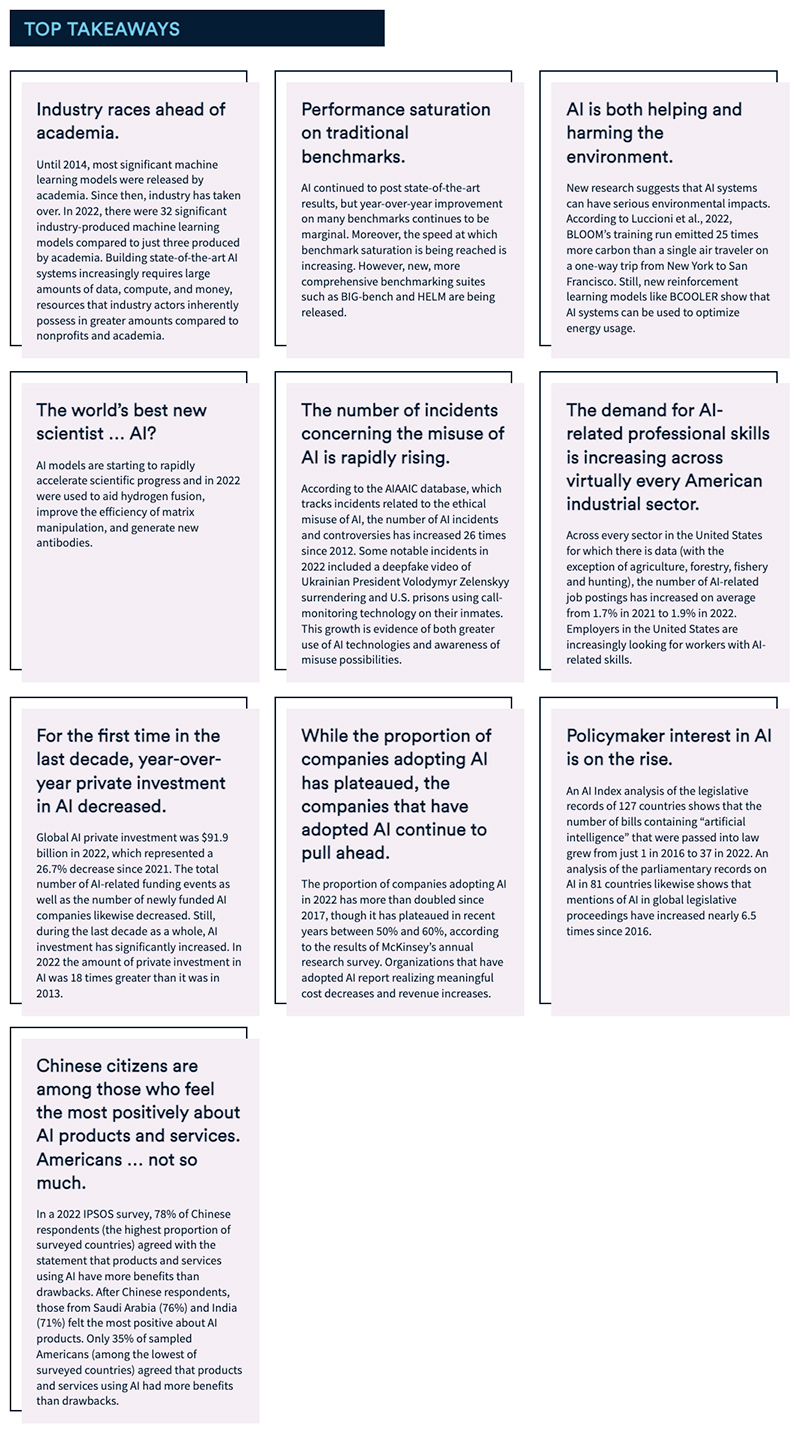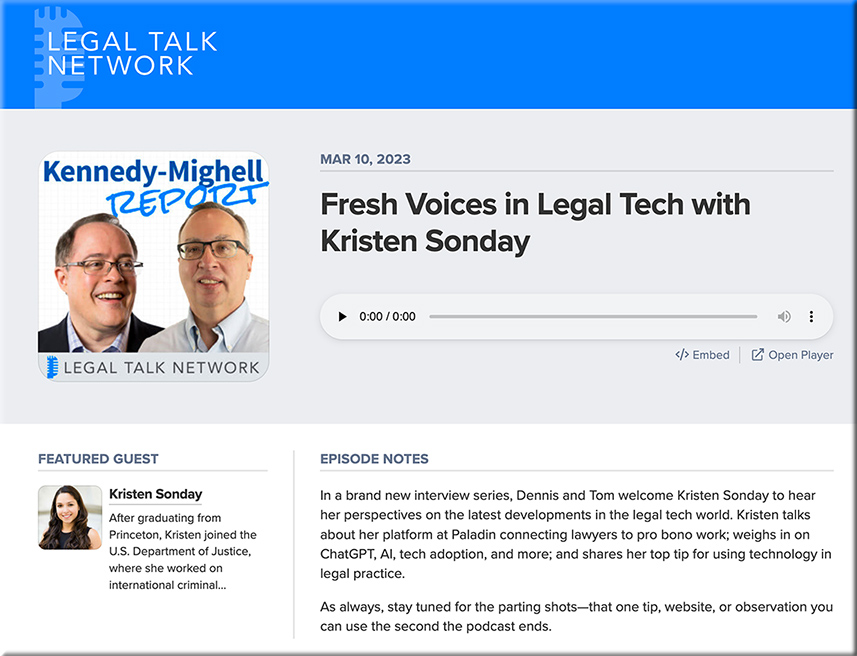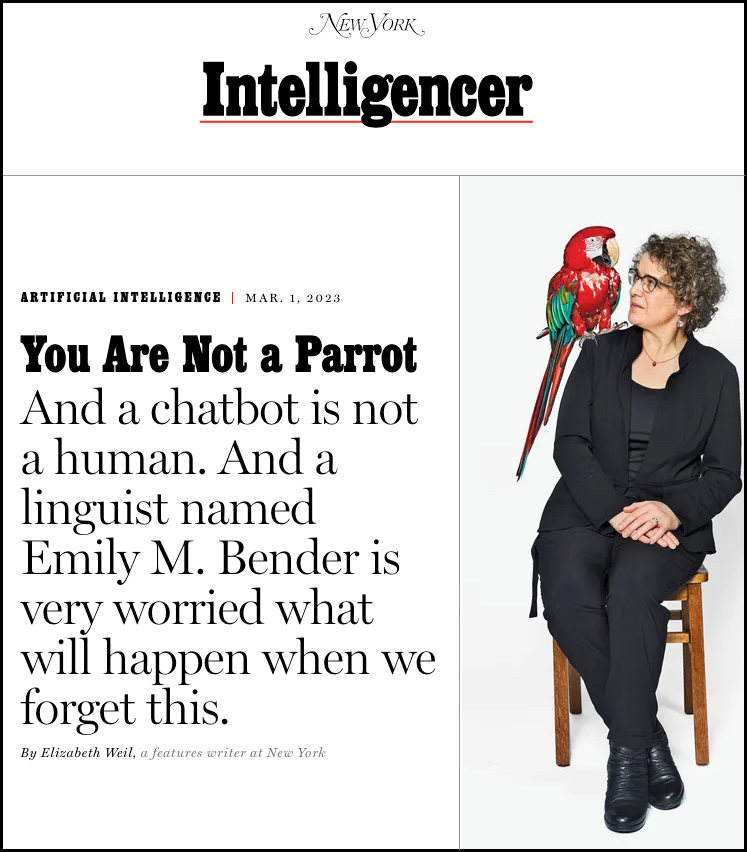Sam Altman: CEO of OpenAI calls for US to regulate artificial intelligence — from bbc.com by James Clayton
Excerpt:
The creator of advanced chatbot ChatGPT has called on US lawmakers to regulate artificial intelligence (AI). Sam Altman, the CEO of OpenAI, the company behind ChatGPT, testified before a US Senate committee on Tuesday about the possibilities – and pitfalls – of the new technology. In a matter of months, several AI models have entered the market. Mr Altman said a new agency should be formed to license AI companies.
Also related to that item, see:
Why artificial intelligence developers say regulation is needed to keep AI in check — from pbs.org
Excerpt:
Artificial intelligence was a focus on Capitol Hill Tuesday. Many believe AI could revolutionize, and perhaps upend, considerable aspects of our lives. At a Senate hearing, some said AI could be as momentous as the industrial revolution and others warned it’s akin to developing the atomic bomb. William Brangham discussed that with Gary Marcus, who was one of those who testified before the Senate.
We’re rolling out web browsing and Plugins to all ChatGPT Plus users over the next week! Moving from alpha to beta, they allow ChatGPT to access the internet and to use 70+ third-party plugins. https://t.co/t4syFUj0fL pic.twitter.com/Mw9FMpKq91
— OpenAI (@OpenAI) May 12, 2023
Are you ready for the Age of Intelligence? — from linusekenstam.substack.com Linus Ekenstam
Let me walk you through my current thoughts on where we are, and where we are going.
From DSC:
I post this one to relay the exponential pace of change that Linus also thinks we’ve entered, and to present a knowledgeable person’s perspectives on the future.
Catastrophe / Eucatastrophe — from oneusefulthing.org by Ethan Mollick
We have more agency over the future of AI than we think.
Excerpt (emphasis DSC):
Every organizational leader and manager has agency over what they decide to do with AI, just as every teacher and school administrator has agency over how AI will be used in their classrooms. So we need to be having very pragmatic discussions about AI, and we need to have them right now: What do we want our world to look like?
Also relevant/see:
That wasn’t Google I/O — it was Google AI — from technologyreview.com by Mat Honan
If you thought generative AI was a big deal last year, wait until you see what it looks like in products already used by billions.
Google is in trouble.
I got early ‘Alpha’ access to GPT-4 with browsing and ran some tests.
Here are 8 crazy things I found: pic.twitter.com/ndxKGSqlL0
— Rowan Cheung (@rowancheung) May 7, 2023
What Higher Ed Gets Wrong About AI Chatbots — From the Student Perspective — from edsurge.com by Mary Jo Madda (Columnist)
















